The future of food is taking a dramatic turn as lab-grown seafood garners significant investment and inches closer to commercialization. With projections suggesting it could hit American dinner plates by 2025, this innovative approach to sustainable protein is capturing the attention of both investors and environmentalists. The implications for global food security, environmental conservation, and culinary traditions are profound, sparking debates and excitement in equal measure.
The Rise of Cellular Aquaculture
Lab-grown seafood, also known as cellular aquaculture, involves cultivating fish and shellfish cells in controlled environments rather than harvesting them from oceans or farms. This method promises to alleviate overfishing, reduce bycatch, and minimize the environmental degradation associated with traditional fishing practices. Companies like BlueNalu, Finless Foods, and Wildtype are at the forefront of this revolution, leveraging biotechnology to produce everything from salmon to shrimp without the ecological footprint.
Recent funding rounds have seen these startups secure millions in investments, signaling strong confidence in the sector. Venture capital firms and even major food corporations are betting big on the potential of lab-grown seafood to disrupt the $150 billion global seafood market. The influx of capital is accelerating research, scaling production, and paving the way for regulatory approvals.
Why Seafood? The Environmental Imperative
The push for lab-grown seafood isn’t just about innovation—it’s a response to a looming crisis. Over 90% of the world’s fish stocks are either fully exploited or overfished, according to the United Nations. Climate change further exacerbates the problem, warming oceans and disrupting marine ecosystems. Traditional aquaculture, often touted as a solution, comes with its own set of issues, including pollution, disease outbreaks, and reliance on wild-caught fish for feed.
Cellular aquaculture offers a way out. By producing seafood directly from cells, it eliminates the need for fishing or farming, drastically reducing habitat destruction and carbon emissions. A study by the Good Food Institute found that lab-grown seafood could cut the carbon footprint of conventional production by up to 65%, while using far less water and land. For environmentally conscious consumers, this could be a game-changer.
From Lab to Table: The Path to Commercialization
Despite the optimism, bringing lab-grown seafood to market is no small feat. The technology, while advancing rapidly, still faces hurdles in scaling up production to meet commercial demand. Cost is another barrier—early iterations of lab-grown meat and seafood have been prohibitively expensive, though prices are dropping as processes become more efficient.
Regulatory approval is another critical step. In the U.S., the FDA and USDA are jointly overseeing the rollout of cultivated meat and seafood, ensuring safety and proper labeling. Singapore, the first country to approve lab-grown meat, serves as a model, but other markets, including the U.S. and EU, are proceeding more cautiously. Advocates argue that clear, science-based regulations will be key to gaining consumer trust and fostering industry growth.
Consumer Acceptance: The Make-or-Break Factor
Even with regulatory green lights and scalable technology, success hinges on whether consumers are willing to embrace lab-grown seafood. Early surveys show mixed reactions. Some consumers are eager to try sustainable alternatives, while others remain skeptical about the "unnatural" origins of cultured seafood. Marketing and education will play pivotal roles in shifting perceptions.
Chefs and restaurants are expected to be early adopters, introducing lab-grown seafood in high-end dishes to showcase its quality and versatility. If it can match or exceed the taste and texture of conventional seafood—a challenge companies are actively tackling—it could win over even the most traditional seafood lovers.
The Broader Implications
Beyond environmental benefits, lab-grown seafood has the potential to reshape global food systems. It could reduce reliance on volatile seafood supply chains, provide stable protein sources for landlocked regions, and even preserve endangered species by eliminating demand for wild-caught varieties. For coastal communities dependent on fishing, however, the transition could be disruptive, necessitating thoughtful policies to support workforce retraining and economic diversification.
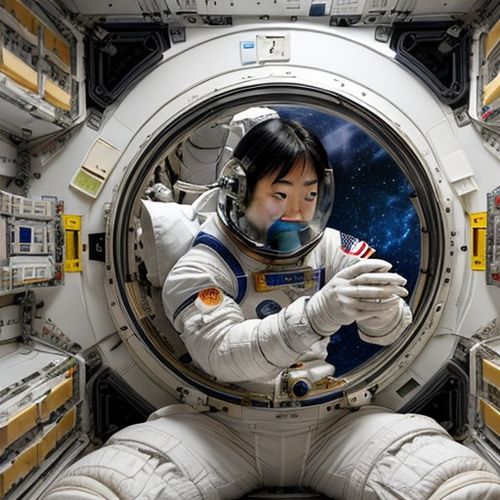
By Amanda Phillips/Apr 10, 2025

By Rebecca Stewart/Apr 10, 2025
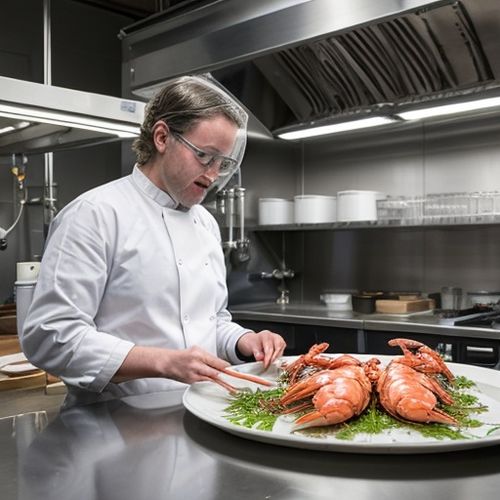
By Emma Thompson/Apr 10, 2025
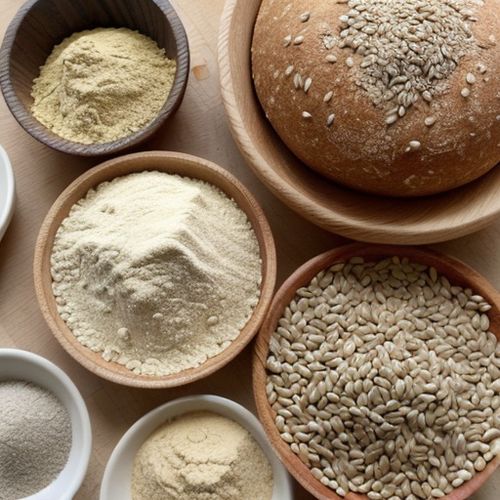
By James Moore/Apr 10, 2025
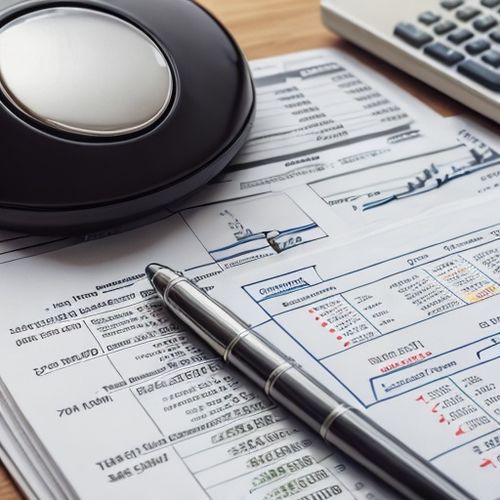
By Samuel Cooper/Apr 10, 2025

By Elizabeth Taylor/Apr 10, 2025

By Rebecca Stewart/Apr 10, 2025

By John Smith/Apr 10, 2025

By Michael Brown/Apr 10, 2025
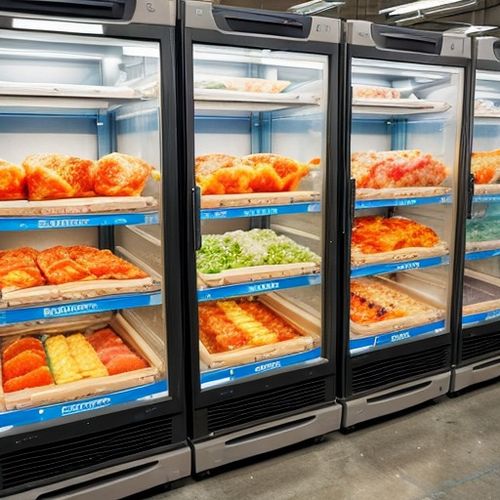
By Emma Thompson/Apr 10, 2025
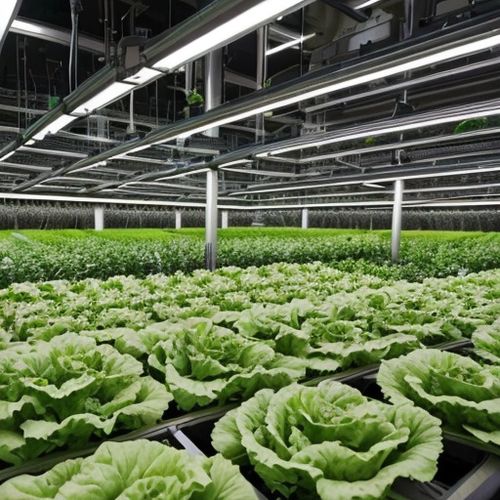
By Elizabeth Taylor/Apr 9, 2025
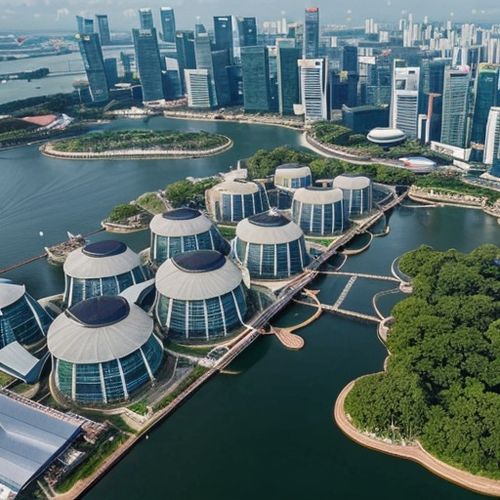
By Christopher Harris/Apr 9, 2025

By David Anderson/Apr 9, 2025

By Joshua Howard/Apr 9, 2025

By Emily Johnson/Apr 9, 2025

By John Smith/Apr 9, 2025
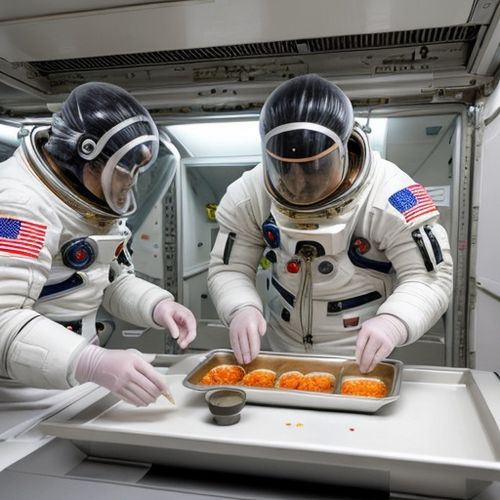
By Lily Simpson/Apr 9, 2025

By Lily Simpson/Apr 9, 2025